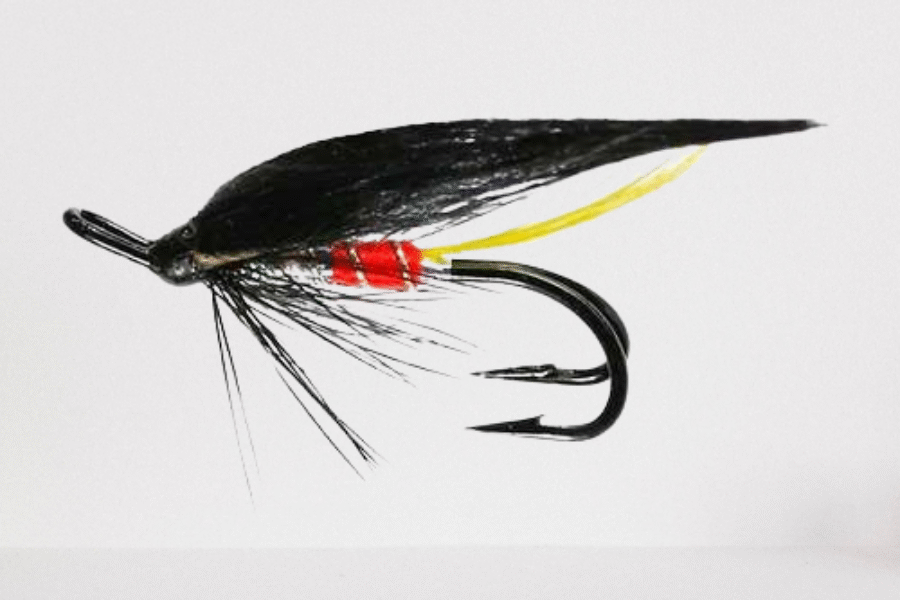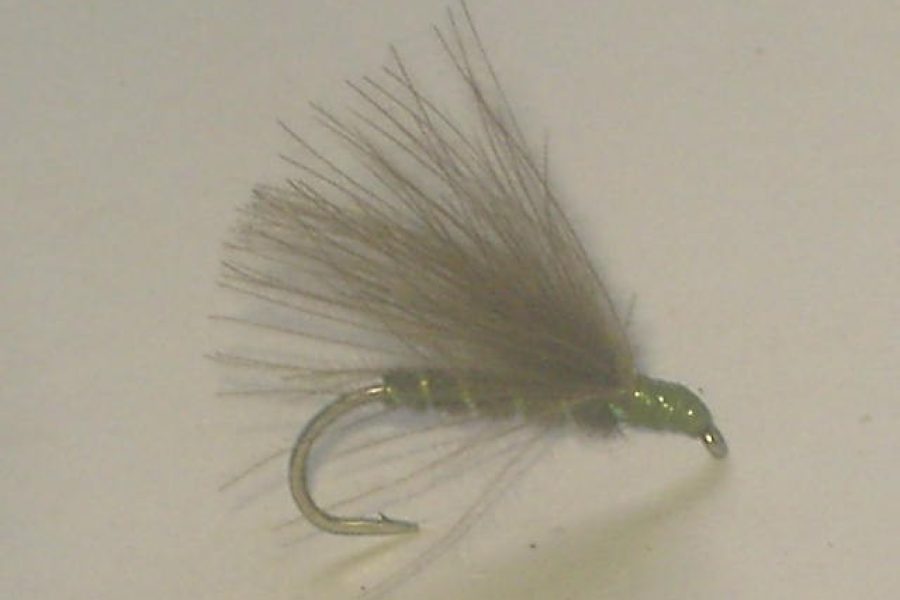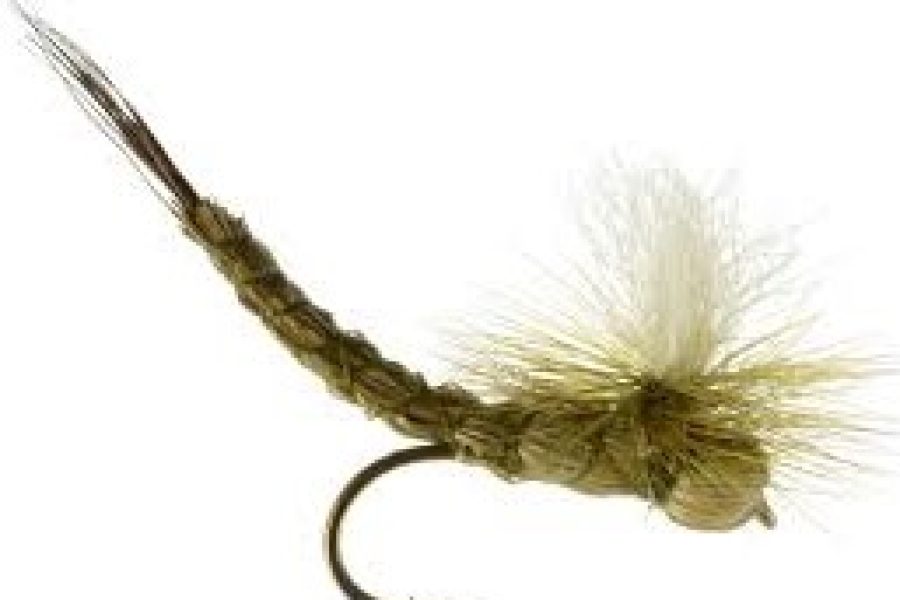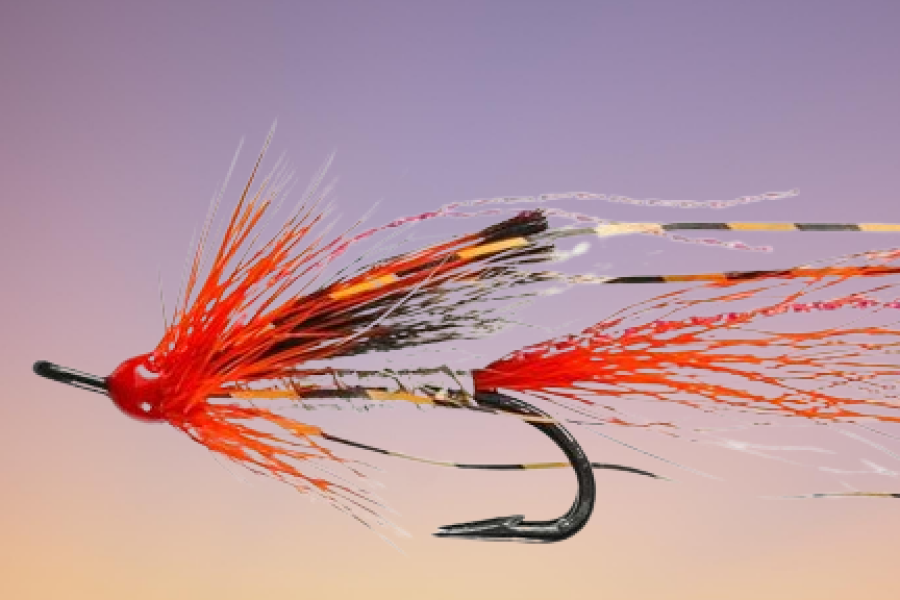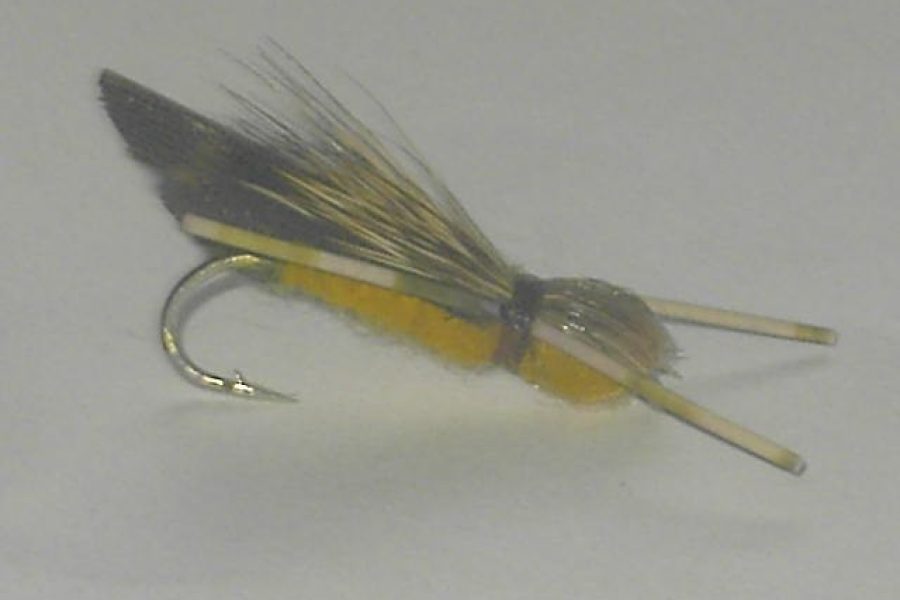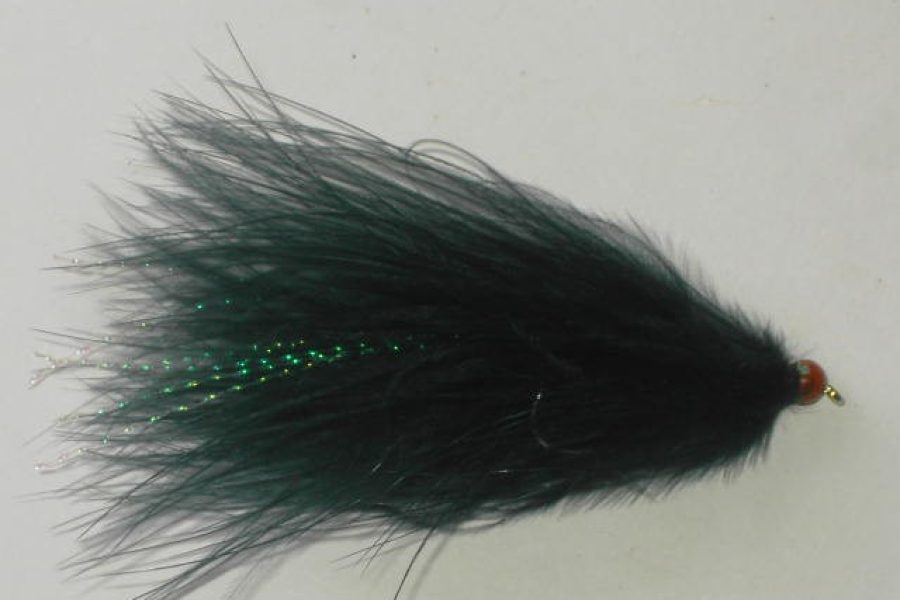Red tail bullethead fly
Per Dozen $ 7.00
Description
Product Overview and Heritage The Red Tail Bullethead fly represents an innovative approach to modern attractor pattern design, combining the effectiveness of a bullethead profile with the striking visibility of a red tail. This pattern has established itself as a versatile attractor that excels in various water conditions, particularly effective during higher flows and when targeting aggressive fish. The distinctive red tail provides an essential trigger point that draws attention and induces strikes.
Design Philosophy and Material Innovation The pattern’s effectiveness stems from its carefully engineered components:
- Precision-shaped bullethead
- Vibrant red tail materials
- Quality hackle selection
- Specialized body dubbing
- Durable synthetic materials
- UV-enhanced elements
- Strategic weight distribution
- High-visibility design
Each element contributes to the pattern’s distinctive profile and durability while creating an attractive silhouette that predatory fish find irresistible.
Technical Specifications
Hook Characteristics:
- Wide-gap hook design
- Available sizes: 8-16
- Strong wire construction
- Straight-eye configuration
- Chemically sharpened points
- Optimal bend angle
- Corrosion-resistant finish
Material Properties:
- Premium synthetic materials
- High-grade red tail fibers
- Reinforced construction
- UV-resistant components
- Water-repelling treatments
- Enhanced visibility features
- Durable body materials
- Quality hackle selection
Construction and Tying Process The pattern’s success relies on precise construction methods:
- Balanced proportions
- Symmetrical design
- Graduated body tapering
- Reinforced thread base
- Strategic material placement
- Enhanced durability features
- Proper tail positioning
- Head shape formation
Fishing Applications and Techniques
Presentation Methods:
- Dead-drift approaches
- Twitched retrieves
- Skated presentations
- Wake inducing tactics
- Multiple retrieval speeds
- Surface disturbance
- Pattern movement
- Drift control
Specialized Applications:
- High water conditions
- Fast water fishing
- Structure fishing
- Deep pools
- Evening presentations
- Surface-oriented fish
- Pocket water
- Bank fishing
Seasonal Effectiveness
Summer Peak Performance:
- Prime fishing season
- Warm weather periods
- Natural activity peaks
- Extended daylight
- Evening rises
- Surface activity
- Temperature peaks
- Optimal visibility
Late Spring Applications:
- Rising water levels
- Warming waters
- Initial activity
- Pre-summer behavior
- Mixed techniques
- Weather changes
- Water level variations
- Temperature increases
Fall Strategy:
- Extended season use
- Cooling waters
- Changed light conditions
- Pre-winter feeding
- Opportunistic takes
- Pattern visibility
- Fish behavior
- Temperature drops
Habitat and Water Types
River Applications:
- Freestone rivers
- Mountain streams
- Boulder pockets
- Fast runs
- Riffles
- Deep pools
- Current seams
- Structure areas
Specialized Environments:
- High gradient streams
- Moderate currents
- Shallow riffles
- Deep runs
- Complex currents
- Bank water
- Pocket water
- Boulder gardens
Target Species and Behavior
Primary Species:
- Brown Trout
- Rainbow Trout
- Cutthroat Trout
- Brook Trout
- Bull Trout
- Mountain Whitefish
- Grayling
- Dolly Varden
Feeding Behaviors:
- Aggressive strikes
- Surface attacks
- Pattern recognition
- Territorial response
- Opportunistic feeding
- Chase instinct
- Strike triggers
- Visual stimulation
Rigging Recommendations
Leader Setup:
- 7.5-9 foot leaders
- 3X-5X tippet
- Tapered leaders
- Fluorocarbon options
- Loop-to-loop connections
- Shock absorption
- Proper stiffness
- Knot strength
Presentation Options:
- Single fly rigs
- Dropper setups
- Multiple fly systems
- Traditional methods
- Modern techniques
- Line matching
- Leader design
- Tippet selection
Professional Applications
Guide Usage:
- Client-friendly pattern
- Proven success rates
- Visibility advantages
- Easy casting
- Multiple techniques
- Teaching tool
- Confidence pattern
- Versatile applications
Commercial Success:
- Professional acceptance
- Market demand
- Pattern variations
- Size options
- Color adaptations
- Regional preferences
- Seasonal popularity
- Distribution channels
Care and Maintenance
Post-Fishing Care:
- Thorough drying
- Material grooming
- Hook point inspection
- Tail maintenance
- Head preservation
- Float restoration
- Storage preparation
- Pattern inspection
Storage Requirements:
- Dry environment
- UV protection
- Separate compartments
- Regular inspection
- Moisture prevention
- Temperature control
- Light protection
- Ventilation needs
Advanced Fishing Methods
Presentation Techniques:
- Reach casts
- Pile casts
- Aerial mends
- Stack mends
- Curve casts
- Roll casting
- Accuracy casting
- Distance control
Drift Management:
- Line control
- Leader design
- Casting angle
- Mending techniques
- Drag prevention
- Current reading
- Speed control
- Pattern tracking
Environmental Considerations
Conservation Features:
- Barbless options
- Sustainable materials
- Durable construction
- Catch-and-release friendly
- Minimal environmental impact
- Eco-conscious design
- Material selection
- Ethical considerations
Material Selection:
- Responsible sourcing
- Quality components
- Recyclable elements
- Ethical production
- Sustainable practices
- Environmental impact
- Material longevity
- Waste reduction
Water Clarity Adaptations
Clear Water:
- Size selection
- Color variation
- Precise presentation
- Leader length
- Stealth approach
- Pattern visibility
- Movement control
- Shadow considerations
Off-Color Water:
- Pattern visibility
- Size adjustment
- Modified techniques
- Enhanced movement
- Increased visibility
- Color contrast
- Profile enhancement
- Silhouette emphasis
Scientific Design Elements
Hydrodynamics:
- Surface tension
- Float characteristics
- Wake creation
- Current interaction
- Movement patterns
- Water displacement
- Pattern stability
- Drift dynamics
Visual Aspects:
- Light reflection
- Pattern silhouette
- Color contrast
- Profile analysis
- Visibility factors
- Flash elements
- Shadow creation
- Movement triggers
Pattern Variations
Size Options:
- Standard sizes
- Water-type specific
- Species-targeted
- Seasonal variations
- Condition-matched
- Current adaptation
- Depth consideration
- Visibility factors
Color Variations:
- Traditional red tail
- Enhanced visibility
- Light conditions
- Water clarity
- Seasonal matches
- Regional preferences
- Time of day
- Weather conditions
Advanced Weather Adaptations
Light Conditions:
- Bright sun tactics
- Overcast strategies
- Low light presentation
- Evening techniques
- Morning adaptations
- Shadow considerations
- Cloud cover response
- Sun angle tactics
Weather Response:
- Wind strategies
- Rain tactics
- Pressure changes
- Temperature effects
- Humidity impact
- Storm approaches
- Front passages
- Seasonal weather
Specialized Situations
Technical Waters:
- Precise presentation
- Leader considerations
- Pattern size
- Color selection
- Movement control
- Drift management
- Approach tactics
- Stealth requirements
Challenging Conditions:
- High pressure
- Clear water
- Selective fish
- Difficult currents
- Complex structure
- Limited access
- Time constraints
- Environmental factors
Additional information
| Hook type | Barbed Hooks, Barbless Hooks |
|---|---|
| Hook size | 10, 12, 6, 8 |
We're glad you're here. Let us know how we can assist — whether you're looking for barbless flies, bulk orders, or have a custom request. We're ready to help you catch the perfect deal!

